Grilled Redfish on the ‘Half Shell’
August 19, 2013 | Updated June 06, 2022
As an Amazon Associate I earn from qualifying purchases.
Redfish on the half shell is a classic Gulf Coast dish, and it is easily translatable to many other kinds of fish.
Take Pacific rockfish, for example. I don’t often get excited about rockfish. They are tasty enough, but they are usually only a pound or two, are ridiculously easy to catch, and are caught mostly as an afterthought when you are salmon fishing.
Then I went to Alaska, and they grow rockfish big up there.
I can routinely catch 4 pound rockfish there, and often much, much larger. I do this in California, too, but it’s a bit rarer. If you happen to catch a giant, like a yelloweye rockfish, S. ruberrimus, you will want to treat it more like a Gulf redfish. Here’s why.

As big, bass-like fish tend to get thick, their meat gets coarse, and their scales get big. Just like a bull red.
This can make them challenging to cook, but the Gulf anglers’ technique of redfish on the half shell is the answer. You fillet the fish, but leave the skin and scales on. You do this with redfish because the scales on a drum of any color, red or black, are big and tough.
Why leave the scales on? Because that armor shields the meat, allowing you to set the fish, ideally coated in Cajun seasoning, on a smoky grill and allow it to cook to perfection without destroying the fish. When it’s ready, you slide a spatula under the meat but above the skin, and the meat will slip off, leaving the charred skin and scales.
And, since the scales are basically made of the same stuff as your fingernails, they won’t stick to your grill, so you can take the whole thing off if you want. It’s a genius preparation for big fillets. Try it with any large, bass-like fish: largemouth bass, snapper, grouper, big black seabass or sheepshead, and of course black and red drum.
Grilled Fish on the 'Half Shell'
Ingredients
- 1/4 cup kosher salt
- 4 cups water
- 2 cups crushed ice
- 2 to 3 pounds large fish fillets with the skin and scales still on
- 3 tablespoons vegetable oil
- 2 to 3 tablespoons Cajun seasoning
- 3 tablespoons unsalted butter
CAJUN SEASONING
- 1 teaspoon black pepper
- 1/2 to 1 teaspoon cayenne pepper
- 1 teaspoon celery seed
- 2 tablespoon sweet paprika
- 1 tablespoon garlic powder
- 1 tablespoon dried thyme
- 1 tablespoon dried oregano
Instructions
- Mix the salt and water until the salt dissolves, then add the ice. Brine the fish for 1 hour. Remove, pat dry with paper towels and put on a rack in a cool, breezy place for 30 minutes. While you are doing this, get your grill nice and hot.
- When you grill is ready, coat the fish with the vegetable oil, then sprinkle the meat side of the fish with the Cajun seasoning. Lay the fish on the grill with the fat side of the fillet over the hottest part of the fire, and the tail sections out toward the edge where the fire is a bit cooler. Let the fish grill undisturbed until the meat is fully cooked; it will just begin to flake when that happens. This can be done in an uncovered grill if it's a) not too windy, and b) the fillet is less than 2 inches thick. If you are worried about timing, cover the grill, or tent the fish with some heavy-duty foil.
- When the fish is done, gently remove it with a large spatula, or two spatulas if you need to. Move it to a platter and dot the top of it with the butter. Serve when the butter melts alongside rice, potato salad, maque choux, etc.
Notes
Nutrition
Nutrition information is automatically calculated, so should only be used as an approximation.
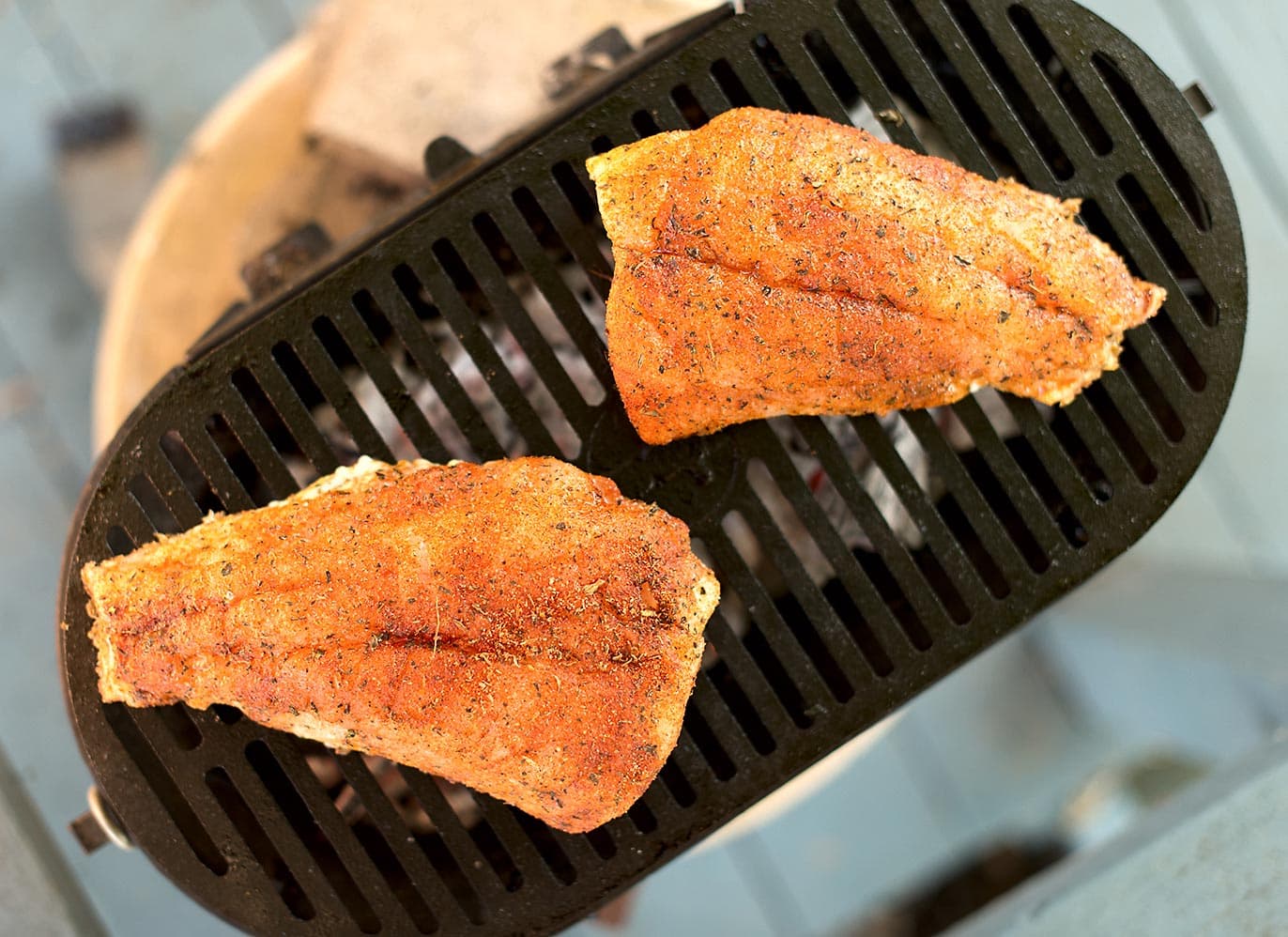


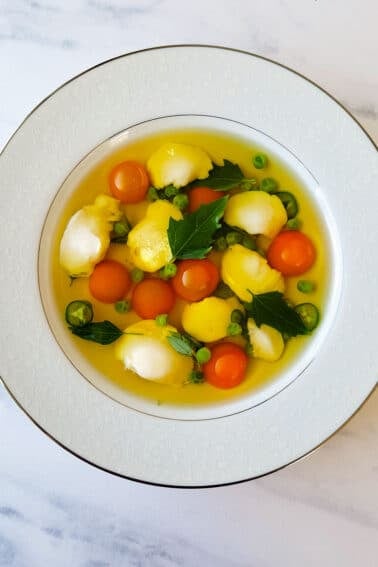
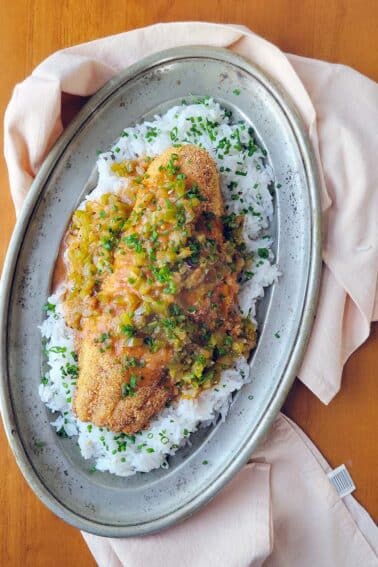
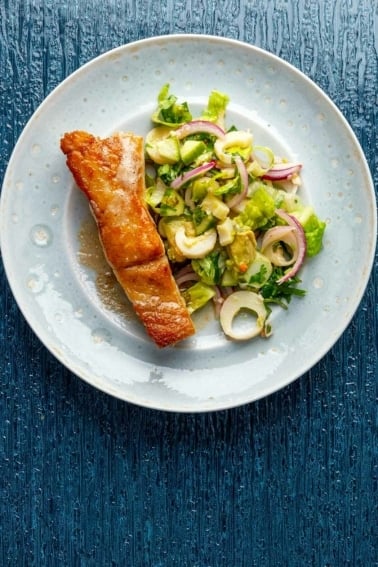
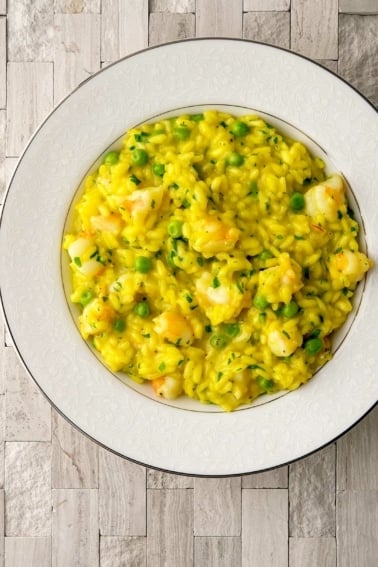
hello, I like this method , but I leave grill opened and loosely cover like a tent with foil when y’all here fat between skin and meat sizzle remove foil close top of grill to finish works great . also olive oil salt pepper lots chopped garlic place it on meat let come to room temp about 20 min then place in flaming hot grill do foil tent same method lots silver and black drum in lake Im on.
Turned out better than expected and couldn’t believe how easy this recipe was! Thanks.
Love this recipe. Easy after a long day catching him?
Absolutely love this method! Probably one of my favorite of your recipes. Making it again tonight and my mouth is watering already! Thank you!
This is a great technique for no-angst grilled fish. No worries about sticking, just make sure you don’t leave it on the grill too long and it’ll be great.
Hi Hank
I lived on a boat in Juneau for a couple years and treasured the Yellow Eye when I was able to catch one. I miss those days when I could catch a Yellow Eye or Halibut and pop it on the grill or in the oven within minutes. Alaska is a sacred place that all should visit. Of course we cooked salmon on the planks but I have never heard of this method but I want to try it. Do you think it would work with walleye? I know the scales aren’t big but the skin is fairly thick.
Thanks
Ken: You’d want to do it with a large walleye, but sure, it will work.
This is how I do Triggerfish – even though it’s not that thick, the meat is so dense and the scales so tough it can take it.
Hank,
Yelloweye is probably the tastiest fish we have in Alaska.
If you have a chance make fish sauce from the head of your yelloweye.
See Marcella Hazan’s Elements of Classic Italian Cooking.
The result is a very intensely flavored sauce, so rich.
Put those fish heads to use you will be amazed at the results.
Everybody that I know that has tried this just raves about how good it is.
I’m glad to hear that you loved your time aboard the Sikumi, especially fishing! Haha.. I love your description of catching the Yelloweye… classic!
Chelsea: Planning on returning to the Sikumi in December in search of ducks and Sitka blacktail deer…
Years ago I was working off the coast of Vancouver Island, BC. One of our boats asked if they would be needed, they wanted to dig some clams & catch some fish for dinner. They were fishing a deep hole right off the island I was working on. I watched a sailor pull up a rockfish that was somewhat shorter than he was, but probably outweighed him.
The bat had steamed clams & roast rockfish for us to dine on when it took us back to shore.
When we do this with redfish (yup, gulf coasties) we scoop the meat right out of the “half shell” when the fish is done and leave the skin right on the grill. It’s easy to scrape off the next time you fire it up.
I cook walleye the same way minus the brine, and rub the fillet with butter rather than oil before dousing it with Cajun or blackened fish seasoning. I’ll have to try brining it next time, thanks for the idea. I also like to toss a handful of alder chips on the grill right before I throw the fish on, gives it a nice smoky flavor.
Hey Hank,
Your story reminds me of Crappie fishing in Colorado when I was a teen-ager. We were catching them like crazy but throwing them back. Finally one of the locals asked my Daddy why we were doing that and when Daddy told him that they weren’t big enough to keep the man told Daddy that that was as big as they got! Needless, to say we were glad to move home to Mississippi where the Crappie are routinely 2 pounds and bigger!
I’ve never heard of brining fish. What’s the upside? Don’t they come pre-brined from the ocean?
Joel: Yep. But you don’t eat the skin in this preparation. The meat is wonderful!
Won’t grilling with the scales on create really nasty, burned fingernail like char on the underside of the fish?